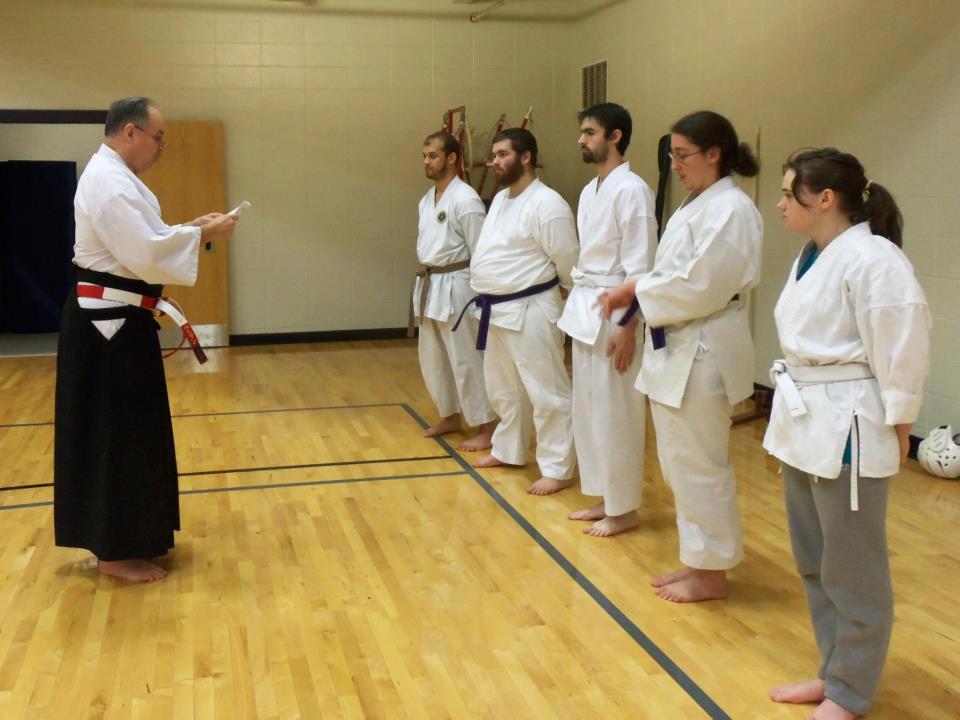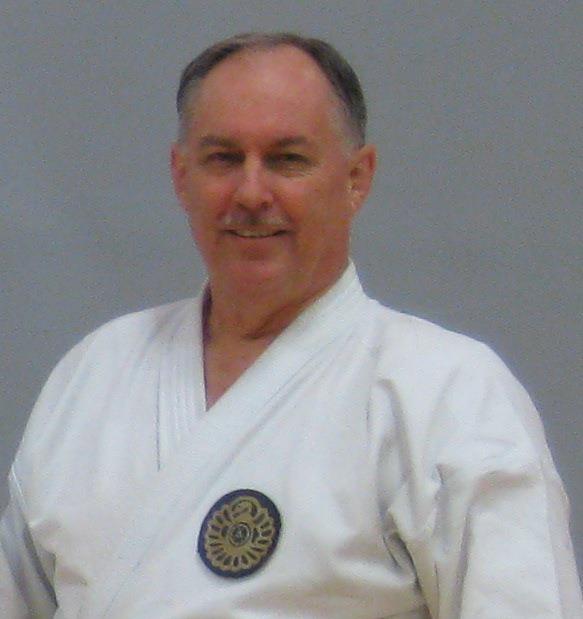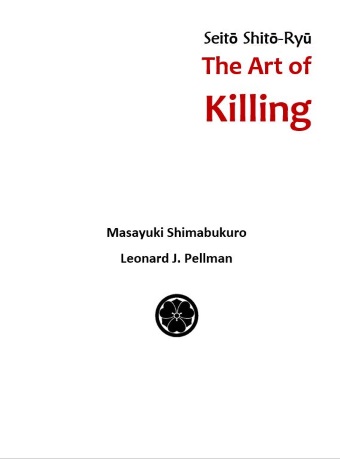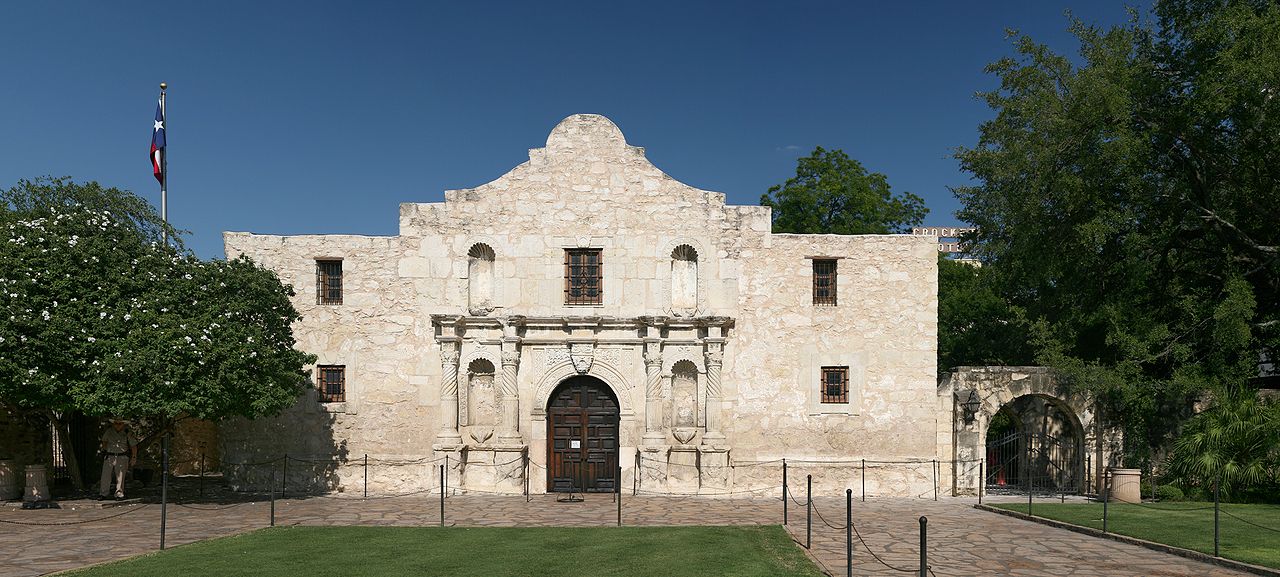The IWU Budōkai
 When
it first began meeting in a small room in the
College Church building called "The Green Room,"
Pellman Shihan could never have imaged the
impact the IWU Budōkai would have on campus life at IWU,
nor how its influence would extend to other communities
in the state of Indiana.
When
it first began meeting in a small room in the
College Church building called "The Green Room,"
Pellman Shihan could never have imaged the
impact the IWU Budōkai would have on campus life at IWU,
nor how its influence would extend to other communities
in the state of Indiana.
One of the assertions Pellman Shihan made in his proposals was that the IWU Budōkai would produce student leaders on campus, and it did so almost immediately. Soon, its members were providing self-defence seminars in the women's dormitories, performing demonstrations at the annual campus cultural fair, where the Budōkai's booth was always the most popular attraction, and hosting its own annual Taikai—a combination of a tournament and public demonstation.
Word of the club's activities spread quickly, and soon it was invited to perform demonstrations at other colleges in Indiana, as well as events like the annual Popcorn Festival in Van Buren, and even the Indiana State Fair. The club's notoreity also caught the attention of other dojo, and attracted several new kenkyūkai (study groups) into the KNBK.
Meanwhile, Shimabukuro Hanshi and Pellman Shihan were continuing to update Flashing Steel in response to criticism that it contained too few photographs for readers to fully understand the techniques being portrayed, a handful of errors discovered in the first edition, and some of the alterations in technique that Shimabukuro Hanshi had instituted as his research and understanding of iaijutsu had deepened over the intervening years. Flashing Steel, Second Edition was published in 2008.
By the time Flashing Steel 2e came off the presses, it was already apparent that Katsujinken was not reaching the broader audience to which it had been targeted outside the Shitō-Ryū community. In addition, nine years of training under Mabuni Kenzō had significantly altered many of Shimabukuro Hanshi's views on the philosophy and purpose of karate-dō in general, and on the style of Shitō-Ryū in particular. While Pellman Shihan was visiting San Diego at Christmastime in 2008, the two met at the Jack-In-The-Box where they had hatched so many plans together and Hanshi presented his ideas for a third book. The book he now had in mind would be his master work on karate-dō—a synthesis of his lifetime of study and training in the art. Specifically, it would be a presentation of karate-dō as a samurai art.
"So many people think karate is self-defence for farmers and fishermen," Hanshi explained, "But that's not true, Len-san. The karate that Mabuni Kenwa passed down to Mabuni Kenzō was not created by peasants. It was created by Okinawan shizoku, who were descendants of samurai, and it was created for the purpose of defending against the samurai of Satsuma Han. This is the truth about karate-dō that almost nobody tells, so now that Mabuni Kenzō is gone, it's up to us to explain it."
Thus began the ordeal to produce The Art of Killing.




